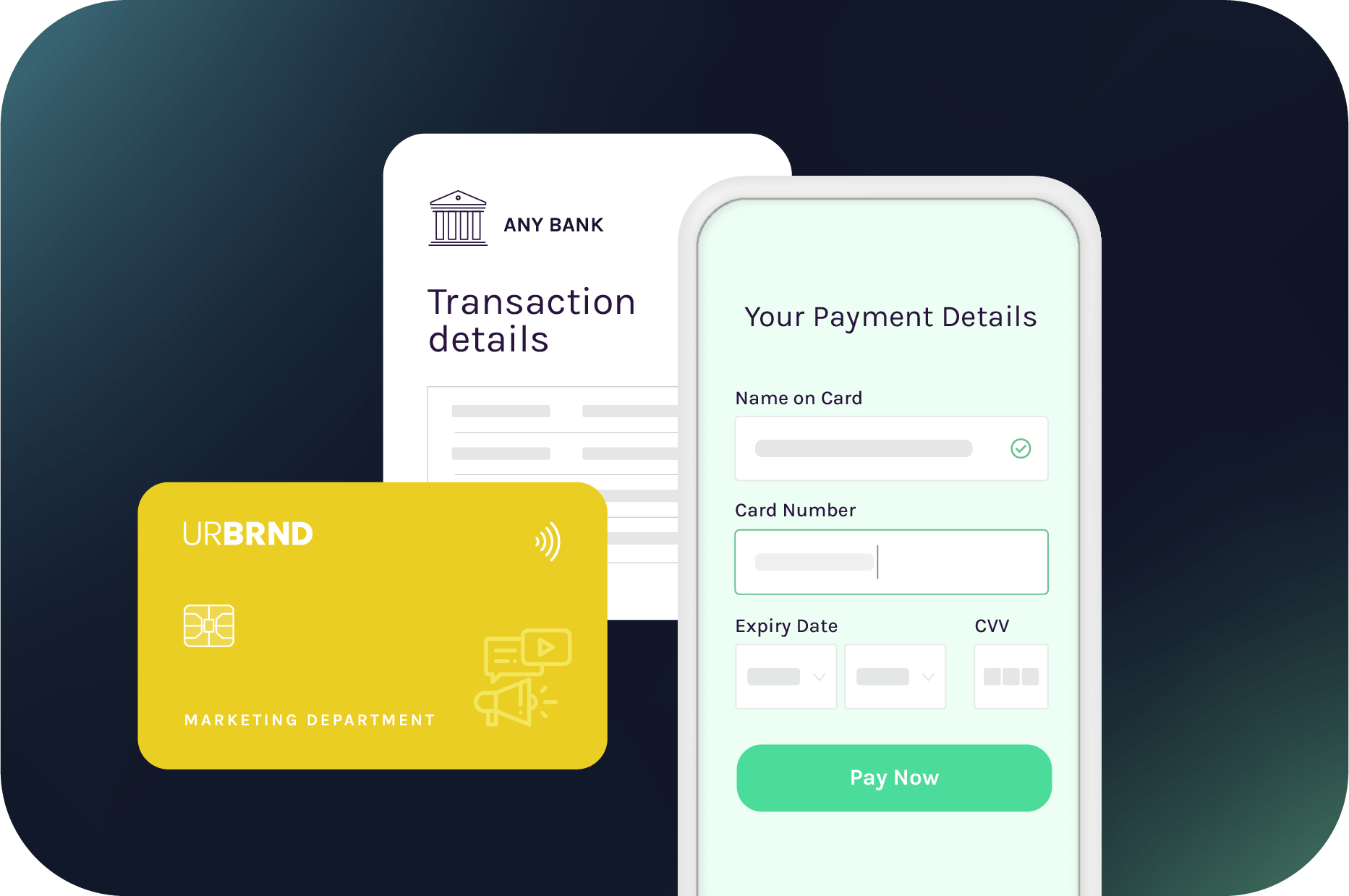The payment trends every merchant needs to watch in 2023
Written by
Editorial TeamPublished on

It’s estimated that the global ecommerce market will tip out at $5.7 trillion by the end 2022 and in 2023 it’s set to grow to $6.51 trillion. (shopify)
There are many factors that come into success for online retailers and a key consideration should be how easy you as a merchant make it for your customers to pay and checkout from your store.
Consumers are looking for flexibility and convenience when it comes to online shopping and it’s up to you as a merchant to ensure that your eCommerce store has the payment options your customer is searching for to avoid the dreaded abandoned cart and really capitalize on growth of the eCommerce market. These are some of the payment trends we at payabl. have identified to be making waves in 2023.
Omnichannel
To be omni-present in payments is to offer your customer access to a world of payment options – online, offline, mobile – where they are is where you need to be. In today’s competitive retail economy, it’s not enough to just be present, you must bring everything to the table. This means offering the same seamless payment experiences and benefits regardless of the purchase channel your customer chooses. Intuitive integrations, speed and security need to be at the forefront of your omnichannel strategy to really hone in on revenue potential.
Digital Wallets

Digital Wallets are fast becoming the go-to payment method for consumers. In fact, in a recent survey of 4000 people it was found that a whopping 75% of respondents had used a digital wallet in the last 12 months and 60% of them felt comfortable leaving the house without their physical wallet.
This surge in uptake owes some credit to the pandemic, after physical cash essentially became a no-go for most transactions, however the growth in digital wallet use does not show signs of slowing down. It’s expected that by 2025, unique digital wallet users will exceed 4.4 billion globally–rising from 2.6 billion in 2020 and by 2028, the industry—which is currently worth $1.97 trillion—will grow to $11.83 trillion in value.
Based on these statistics, it’s easy to see why you should work with a payment provider that offers digital wallets as part of their payment stack to ensure you are able to offer your customers their preferred method of payment.

Local Payment Methods
Do you offer your customers a wide range of payment options? Better still, do you offer your customers the unique local payment options that they know and feel comfortable using? If your answer is no then you are missing out on conversions.
Local payment methods, also known as alternative payments, are methods that allow customers to pay via other means such as digital wallets, bank transfers or prepaid vouchers (just to name a few).
Each country has its own popular payment methods that may not even exist in other countries. For example, AliPay is the most popular method in China while iDEAL is highly popular in the Netherlands. Offering the most popular methods of payment to the region you are targeting builds trust and authority with the customer base and they are more likely to complete a purchase – global expansion could be as simple as teaming up with a payment provider that has access to local payment methods.
Pay-By-Link

Turn any channel into a payment funnel by offering your customers a Pay By Link option. This feature allows you to simply send your customer a URL link which will direct them to complete a checkout process. This could be via a text message, QR code, email, social media post or even a chat conversation.
This type of payment integration does not require an eCommerce store and the data contained in the link is unique to the receiver–essentially, it acts like an invoice and allows the recipient to pay with their credit card at their own convenience.
Cross-Border Payments
Is your e-store ready for global expansion? If not, then it’s time to think outside your own backyard and act global–and it’s easier than you think if you’ve got the right payment partner.
Cross-border payments are transactions that occur between companies and individuals based in different countries. They can be made via credit card payments, alternative payments like digital wallets and with bank transfers.
Typically, these types of transactions are expensive, take a long time and can attract security issues–not to mention the process itself is complex and often involves several third parties to facilitate. That said, if you’re looking to open your business up to the global market then harnessing the technology to make cross-border payments a breeze, will work in your favour.
A payment partner like payabl. can offer you access to cross-border payment facilities and help cater to international challenges like currency exchange, local language support and compliance with local legislation so you can focus on what matters most–your customers.
Types of cross-border payments include:
- Credit Card Payments
- Digital Wallets
- Alternative payment options
Open Banking

Open Banking allows consumers to share their financial data using behind the scenes API’s, with financial service providers in a secure environment to authorise a payment directly from their bank account.
The checkout process is seamless from the customer side–they simply select their bank at checkout and they are then directed to login to their internet banking in their own bank’s secure environment. The required information is auto-populated and the payment is initiated by the open banking provider from a consumer bank account. The customer is then re-directed back to the merchant page to complete the checkout process.
Here at payabl. we offer merchants our own Instant Bank Transfer which is also based on the open banking technology like other providers, for example, Trustly and Sofort, do.
Open Banking is great for merchants because it offers higher acceptance rates, lower fraud, cheaper fees than traditional card schemes, fast deposits and refunds.
Payment Orchestration
Like a musical symphony, Payment Orchestration brings together multiple payment service providers and coordinates them together under one umbrella to help improve payment conversion rates.
One of the greatest challenges eCommerce stores face is the acceptance rate of payments. Sometimes payments fail because of the customer and on other occasions, the failure is due to the payment provider.
When a failure occurs, the transaction can be re-directed using AI technology, to another payment service provider for approval. This is ‘Smart Routing’, and it ensures a seamless check out for the customer and a better conversion rate for the merchant. The payment orchestration layer also allows the
merchant to access reporting and reconcile payments in one place, instead of accessing each payment service provider individually.
The Subscription Economy
A subscription-based model allows merchants to take a regularly scheduled payment for goods or services – securing an ongoing revenue stream and ongoing clientele. This model allows the merchant to offer a suite of products like access to streaming services and unique content, instead of product ownership to customers and offers customization. Typically seen in software, subscriptions offer flexibility and responsiveness to businesses and can help with customer retention.
ECommerce will continue to grow at a rapid pace in 2023 and the new payment products on the market will launch just as fast, so it’s essential to team up with a payment partner that can offer you the best-in-show payment products on the market so you don’t miss a beat.
payabl. will be exhibiting at eCommerce Berlin 2023 and can be found at booth D3.1


